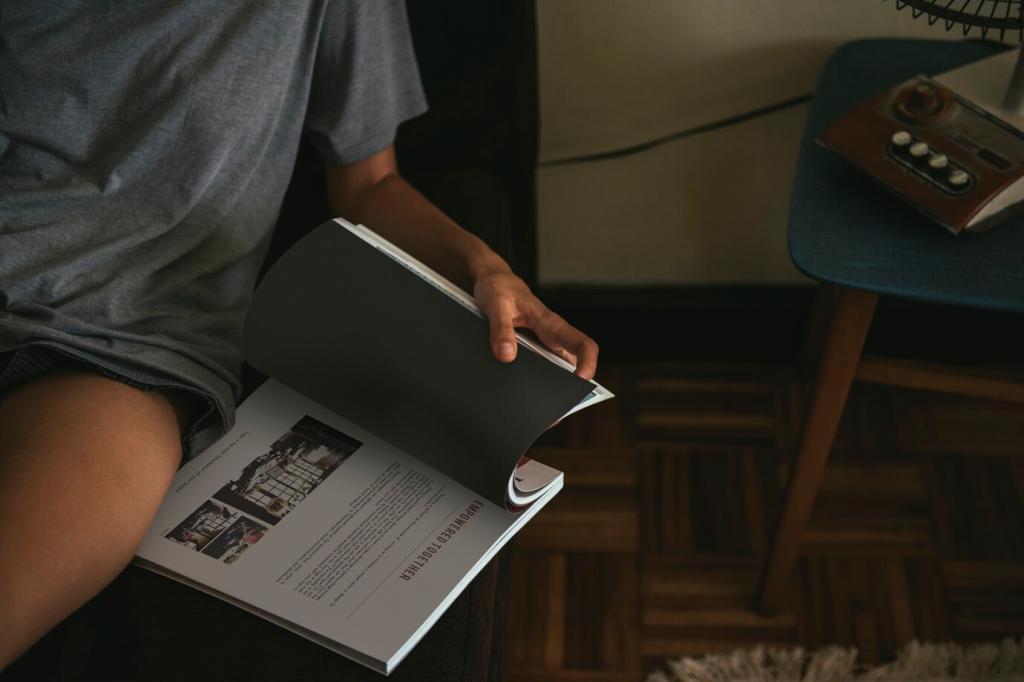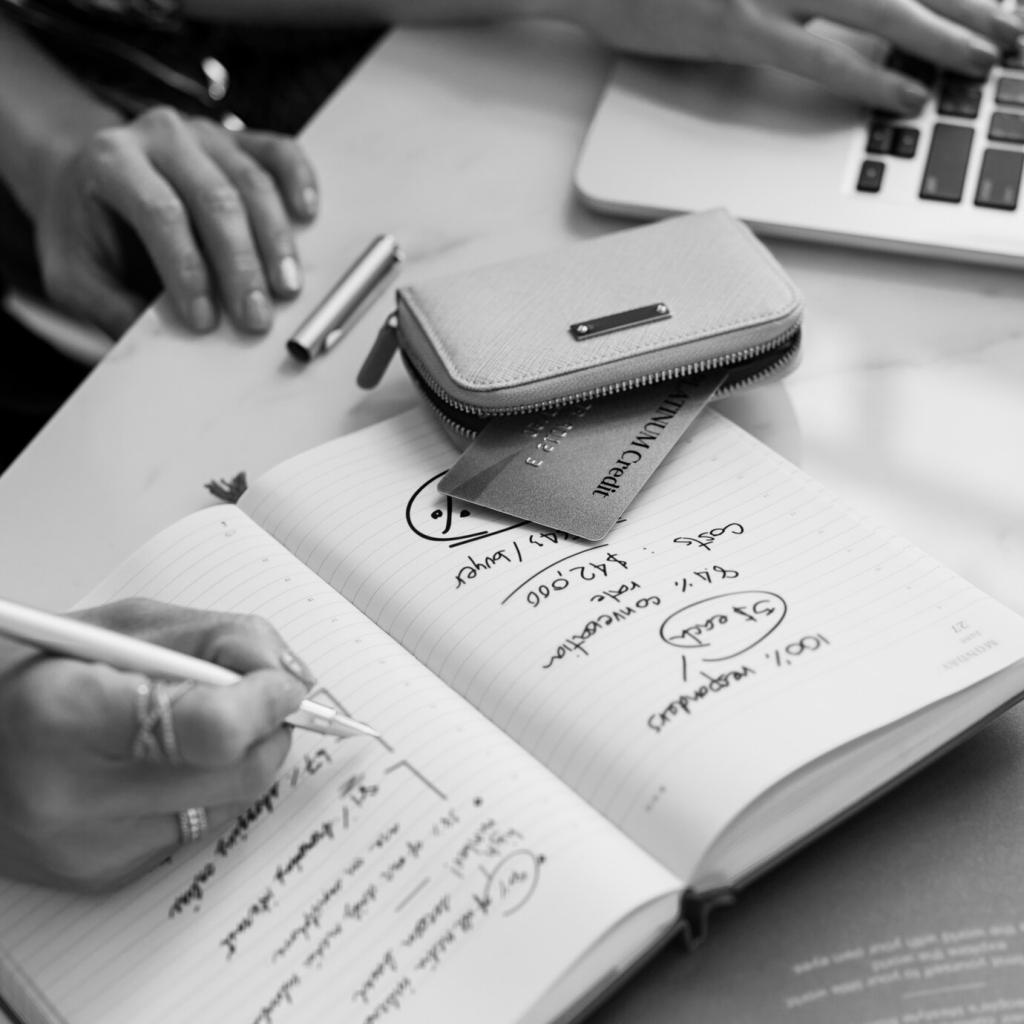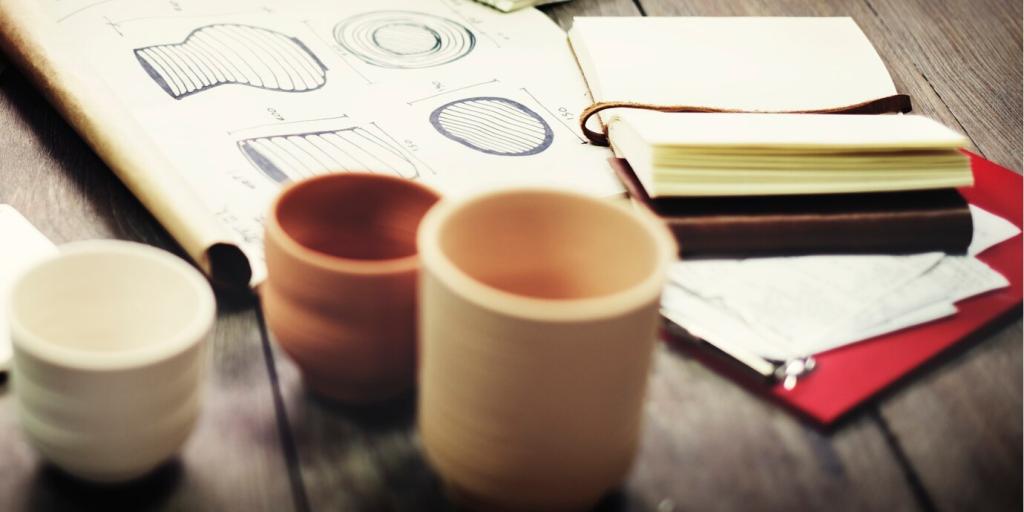Research Methods for Unearthing Authentic Details
Start with local municipal records, photo libraries, and newspapers, then cross-check with city directories and land surveys. Pair these with oral histories to capture nuance that documents often miss, ensuring your narrative reflects lived experiences.
Research Methods for Unearthing Authentic Details
Visit salvage yards, church basements, and community museums to handle real objects. Surface wear, joinery techniques, and dye irregularities reveal production contexts that can guide honest material selection and tactile storytelling within contemporary constraints.
Research Methods for Unearthing Authentic Details
Credit every origin, seek permissions, and avoid extracting sacred or sensitive symbolism. Responsible citation and community consultation protect cultural integrity, preventing misappropriation while strengthening the legitimacy and longevity of your resulting design narrative.
Research Methods for Unearthing Authentic Details
Lorem ipsum dolor sit amet, consectetur adipiscing elit. Ut elit tellus, luctus nec ullamcorper mattis, pulvinar dapibus leo.




